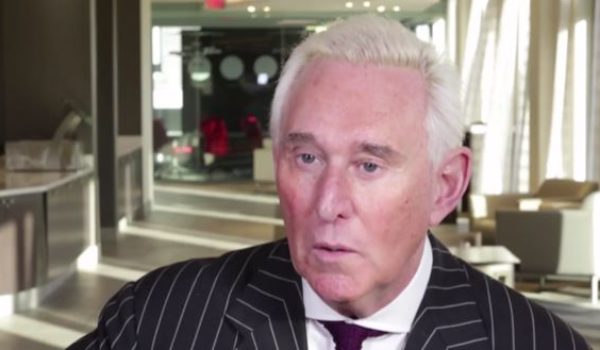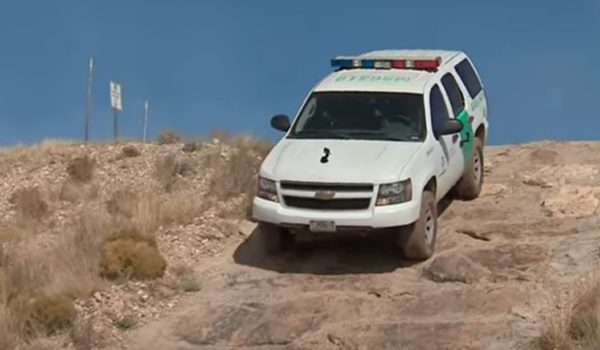
Elon Musk is allegedly going to send men to the Moon by the end of the year with SpaceX, all while saving the planet with Tesla. But at what cost?
As of last year, SpaceX had a $10 billion backlog of 70 missions. This month, the company excited many by successfully test firing its Falcon Heavy rocket even though it was slated to launch every year for five years straight.
As for Tesla, although it drastically missed its 2017 Model 3 production goals, the company managed to get 230,000 Model S’s on the road by working “night and day at maximum sprint pace.”
Will this presidential election be the most important in American history?
What’s more interesting than Musk’s sparks of showmanship is what occurs behind the scenes. Musk seems to be working his employees beyond capacity and in violation of regulatory codes to make up for his unmet production deadlines. When problems arise, time-strapped company officials appear not to give his beleaguered workers the time of day, much less a needed break.
Per a report from Worksafe last year, in 2015 Tesla’s rate of serious injury was two times higher than the national average, and its overall injury rate was approximately one-third higher. This would be far less a source of concern if Musk’s companies took appropriate measures to care for employees injured on the job, but often, that doesn’t seem to be the case.
Last week, BuzzFeed published a story that highlighted the Musk empire’s mistreatment of workers. Fifteen former employees said working for Musk is a “backbreaking job” where there is “tremendous pressure to produce,” sometimes leading to lifelong medical complications.
Between 2012 and early 2017, 180 employees of Tesla alone applied for workers’ compensation because of partially or permanently disabling injuries they had sustained. Some staff members have been waiting years just to receive closure on their workers’ comp cases; others lost their homes due to their inability to pay rent.
A Tesla spokesperson said, “We are trying to create a new way of manufacturing that will have as close to zero injuries as humanly possible.” While new processes may serve as a Band-Aid to the problem, it won’t fix the underlying cause, which is clearly Musk biting off more than he can chew.
Musk’s employees have been explicit: These issues are a result of the unrealistic production targets that he sets. He is not just overworking his employees; he is also cutting corners. In fact, many of the reported injuries have occurred because of Musk’s salutary neglect of safety regulations and protocols.
One new employee was told by his fellow workers not to expect the same rules, training, and safety standards he may have received in previous jobs. Four others accuse the company of rotating workers’ tasks to prevent injury, a standard manufacturing industry practice that is even printed in Musk’s own environmental health and safety guidelines.
One worker who ultimately required four surgeries said that she complained to supervisors and human resources, but that “it was like talking to a wall.” Another said she “begged” her manager to rotate her – in keeping with company guidelines, which mandate rotations every two hours – yet the supervisor refused to do so.
But when there are significant, never-ending deadlines, there is no other recourse than to cut corners. That’s likely why in December, the Inspector General found SpaceX had 50% more significant nonconformities than its leading competitor. Last month, NASA’s Aerospace Safety Advisory Panel also highlighted safety concerns associated with SpaceX engaging in manned spaceflight under the company’s current “load-and-go” strategy, as is currently scheduled.
Allegedly, worker conditions get only worse when Musk is rushing to meet a specific deadline. That’s troubling given that Tesla is racing to break its streak of broken promises by producing 2,500 Model 3s each month, while SpaceX is gearing up to conduct a crewed orbit. Will these goals be similarly achieved – or, at the very least, attempted – at his employees expense?
While Musk’s employees are already making significant personal sacrifices, will some astronauts soon make the ultimate sacrifice – human life – all because of corporate sloppiness?
All successful CEOs ambitiously set high bars, but few neglect safety and security protocols to reach those goals like Musk. Doing so threatens not only the staff that is at risk, but also the country, which must live with the substandard product. SpaceX’s rockets blowing up and Tesla’s self-driving cars crashing is more than tangentially related to these quality control issues.
Perhaps the federal government should stop incentivizing Musk to shoot for more than he can achieve with contracts and tax incentives until he shows more restraint and responsibility.




